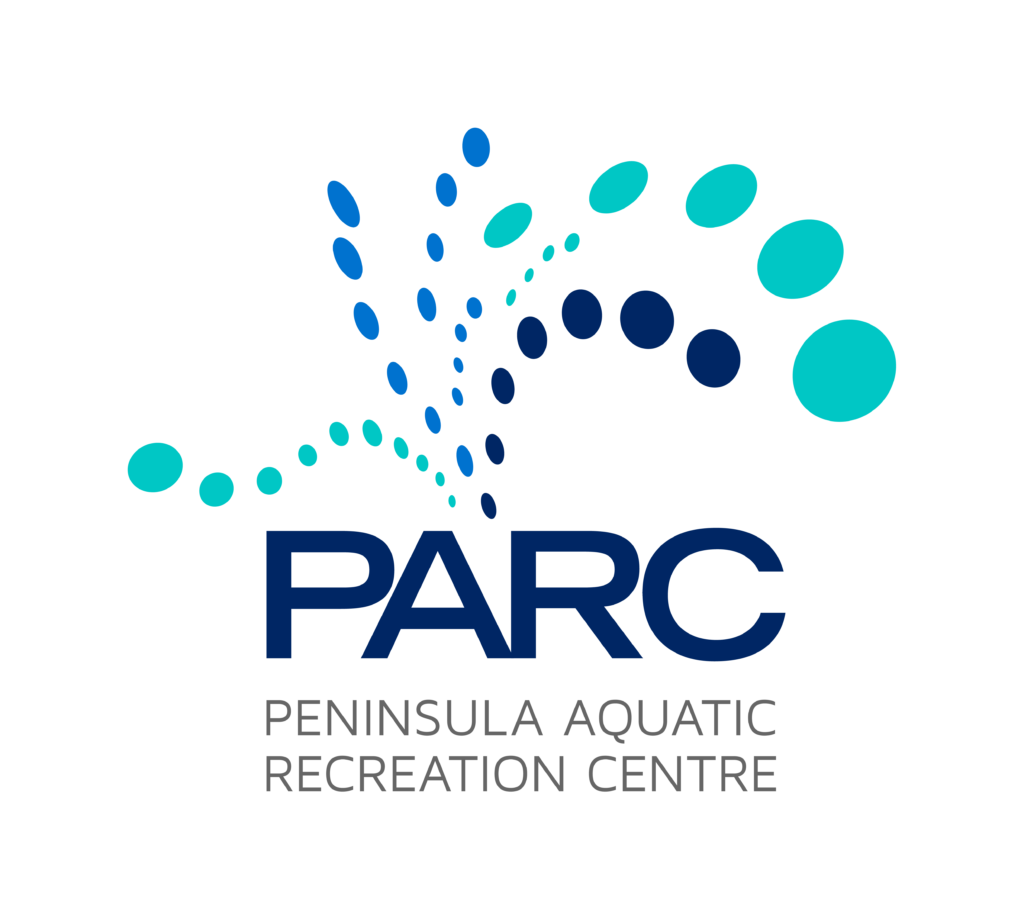PARC Trainer Andrew talks us through the big picture of exercise.
The essence of exercise or physical training is the improvement of your current status, mood, wellness or performance capabilities. In order to illicit the “training response” one must ‘’stress the body” for adaptation.
The General Adaptation Syndrome (GAS) described by Hans Selye (1907-1982) outlines the training response elicited by stressing and straining the human body physiologically and psychologically through the delivery of exercise or training.
The 3 stages of GAS are 1) the Alarm Stage (the stressor), 2) the Recovery Stage 3) Adaptation Stage (response).
When the appropriate stimulus is applied, the human body will repair itself, or condition itself to improve upon its previous status. However, if an inappropriate stimulus is applied, or, if the dosage is too much, then the Recovery Stage will can be prolonged, and you may spill over from the Adaptation Stage into the stage of Overtraining, where weariness, failed responses, injury and/or illness lay.
To prevent the agony of Overtraining, exercise prescription should include the F.I.T.T principles of Frequency, Intensity, Time and Type of exercise. This dosage should also follow the 6 Components of Exercise Prescription, which include 1) Overload 2) Intensity 3) Duration/Time 4) Frequency 5) Type/Mode of exercise 6) Progression/Periodization.
But of course, not just any-old exercise programing will do. It must be designed to your needs, capabilities and intentions. The S.A.I.D principle states that one will achieve Specific Adaptations to Imposed Demands when training prescription is closely applied to and monitored by a trained professional.
So as you can see, exercise prescription is not something one can just come up with off the cuff, and if you want to have the greatest opportunity to achieve your best results, working with a trainer on a regular basis will help you reach those results sooner, safer, and confidently.
Make an appointment with a Personal Trainer today!







